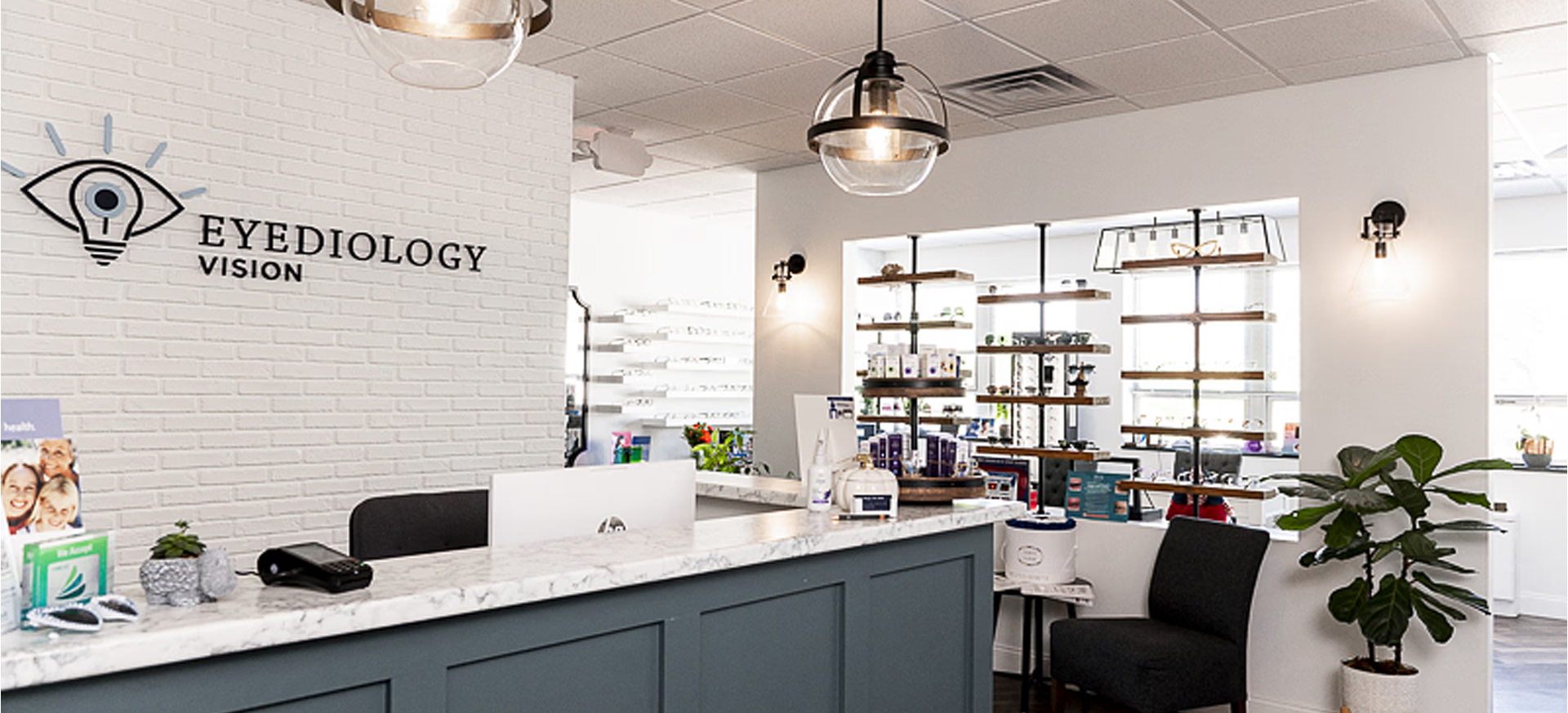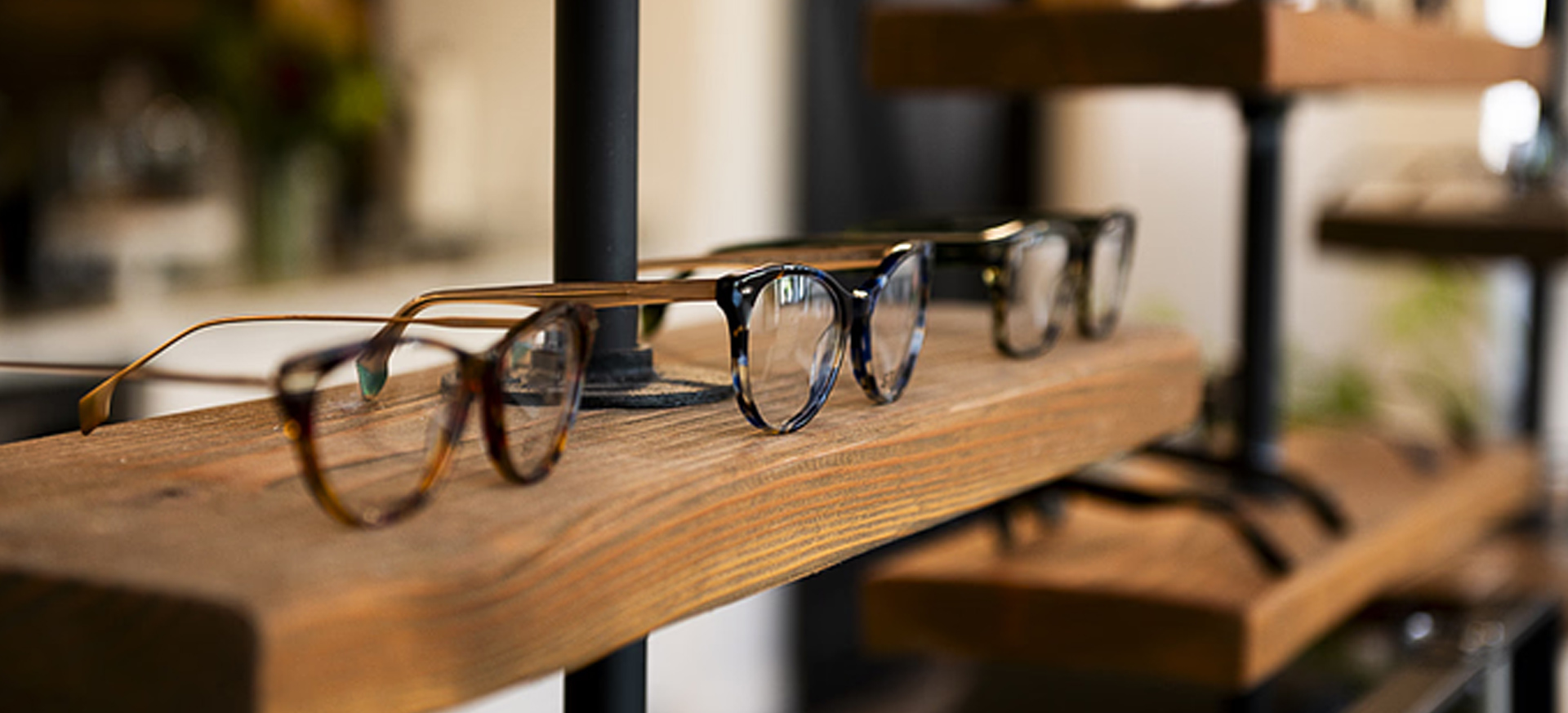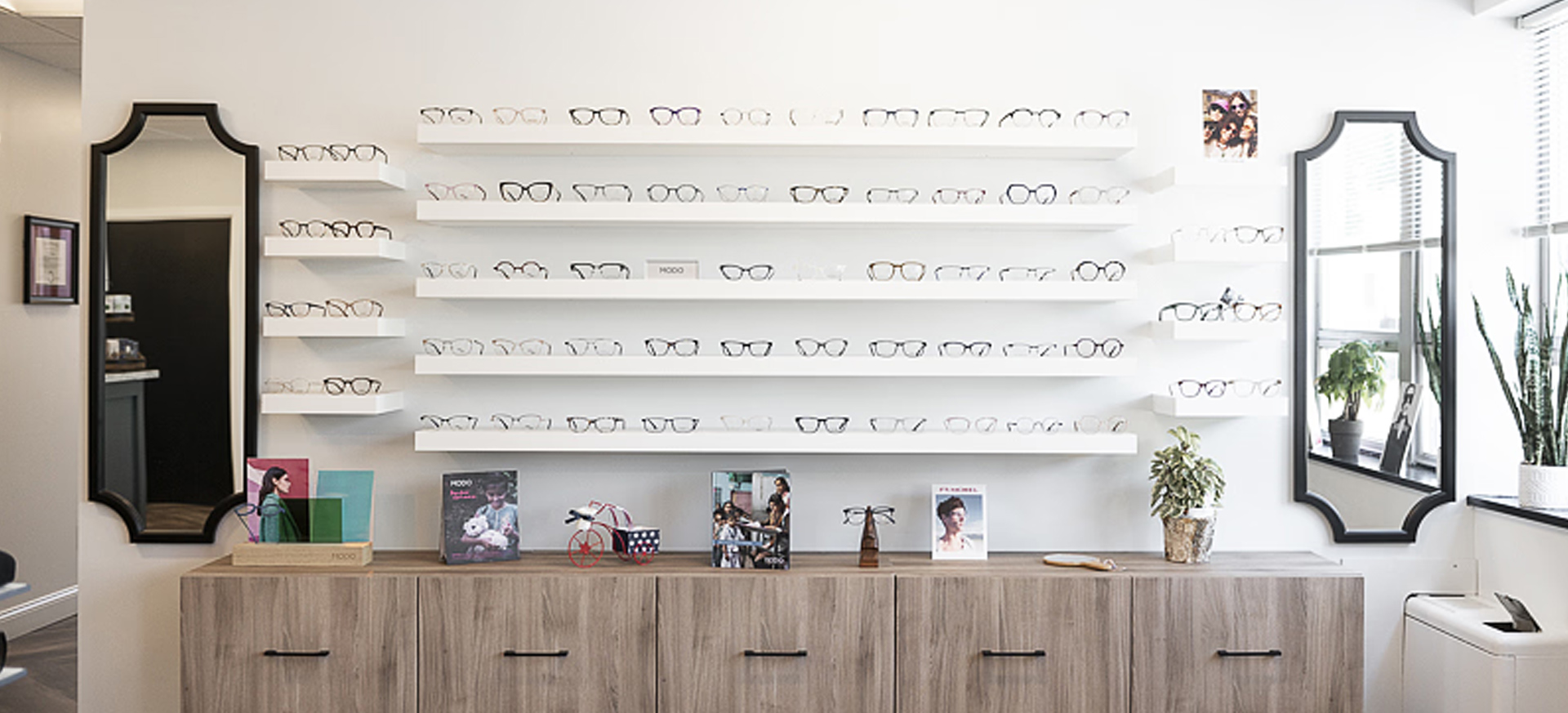Request An AppointmentRequest An AppointmentRequest An AppointmentRequest An AppointmentRequest An Appointment

Myopia is the leading vision issue in the U.S. and worldwide. In the past 40 years, the number of people with the condition has increased by over 25 percent. According to experts, the number of people affected by the condition will keep growing. By 2050, over four billion people are expected to have myopia.
Myopia usually develops from childhood and progresses into early adulthood. For some, the condition continues progressing into adulthood. Some people can also have high myopia, predisposing them to more eye conditions. Because of this, early treatment of the condition is critical.
What Is Myopia?
Myopia is commonly known as nearsightedness, a vision condition that affects your distance vision. Things get blurrier the further away they are from your face. The condition falls under refractive errors, which occur due to the failure of the eye to focus light correctly in the eye.
The condition is relatively common, affecting nearly 30 percent of Americans. The most common form of correction is eyeglasses or contact lenses. These prescriptive eyewear options give nearly perfect vision. Another popular solution is laser eye surgery, which corrects the refractive ability of the eye.
Causes of Myopia
The leading cause of myopia is unknown, but eye doctors understand how the condition comes to be. All people with myopia have an elongated eyeball and bulging cornea. This eyeball elongation starts when you are a child and continues into adulthood. The cause of this change is a mystery.
When the eyeball elongates, it causes the cornea to bulge outwards. When this happens, it changes how the cornea focuses light on the retina. Instead of light focusing directly on the retina, it does so on a point before the retinal surface. The more elongation and bulging, the worse the myopia.
Symptoms of Myopia
Blurred vision when looking at distant objects
Squinting to see something a little distance away
Eyestrain or fatigue
Headaches
Risk Factors for Myopia
Anyone can develop myopia, as the cause is not known. However, some are at a higher risk of developing the condition than others. The largest demographic that can develop the condition are young children and teenagers. Here are the main risk factors for myopia:
Age
As mentioned, children and teens are at the highest risk of developing the condition. It often begins to develop between six and fourteen years. This is so because the condition requires eyes that are still forming.
Constant Visual Stress
You may develop visual stress when constantly working on a computer, digital device, or other close-up work. It will, in turn, cause temporary myopia and, over time, permanent nearsightedness.
Family History
Myopia is a hereditary condition that passes from parent to child. If you have a parent with the condition, you have a larger chance of developing the condition.
Spending Most Time Indoors
Experts have noticed a link between the time children spend outdoors and the prevalence of myopia. Spending too much time indoors usually leads to myopia.
For more on the causes and risk factors of myopia, visit Eyediology Vision at our office in Providence, Rhode Island. Call (401) 903-4100 to book an appointment today.














